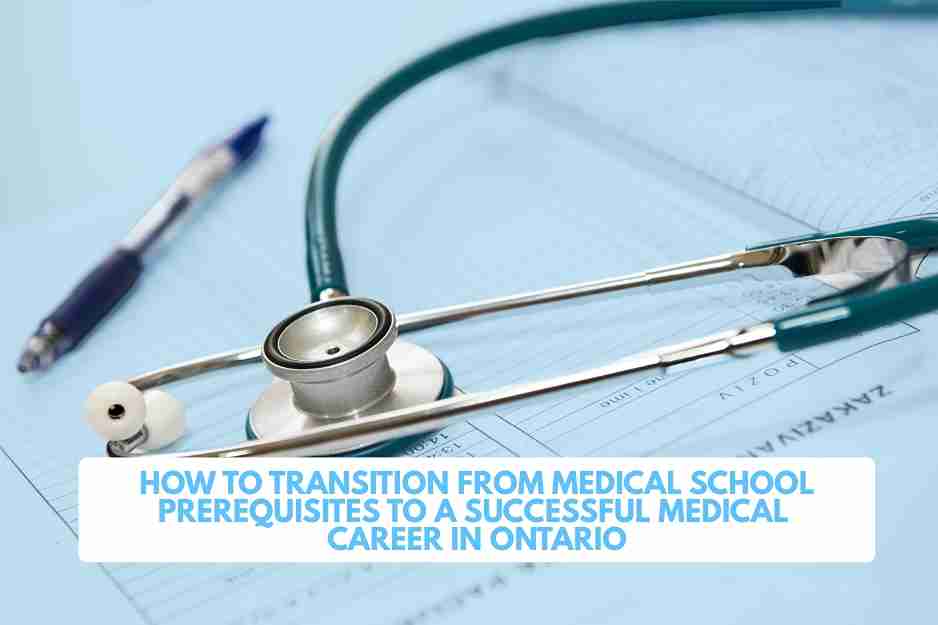This blog was written by a University of Toronto medical school graduate who has been in practice for almost 30 years. He is currently an academic family physician at a University of Toronto teaching hospital and has been an examiner for the MCCQE 2 for over 5 years (find out more about the LMCC exams at mcc.ca).
- Read the question stem very carefully. You may be feeling nervous and anxious during the exam, which is understandable. Try to calm down and read the question stem very carefully and perform the required tasks accordingly. For example, you may be asked to take history and perform a physical exam within ten minutes. Do not spend nine minutes on history and rush through the physical exam in the last minute because you forgot about it. This sounds like common sense, but a significant percentage of candidates seem to forget about this during the exam.
- Pay special attention to proper patient draping during the exam. As a physician, you must ensure patient comfort and privacy during clinical encounters. This is vital to building physician-patient rapport and trust. It is important to note that making the standardized patient uncomfortable will usually make the examiner uncomfortable, too. When you are practicing physical exam maneuvers for the exam, always think about how to drape the patient in every scenario. This skill-set will be very important in your future clinical practice.
- During a history taking station, be as thorough as possible with each task. This includes taking a social history and a thorough relevant system functional inquiry. If you have extra time, take more history, as you are being marked on eliciting the history.
- Perform the physical properly, and VERBALIZE every step of your physical exam. Similar to history taking, you are also being marked on eliciting physical exam maneuvers. Sometimes, the examiner cannot see what you are doing and you want to get the credit for what you did. Proper technique is also important. For example, do not auscultate the chest over the gown.
- DO NOT make up any pathological findings on the physical exam. Typically, standardized patients are healthy individuals and are not likely to have pathological findings on the physical exam. For example, you are unlikely to find crackles on chest auscultation, as the exam is not going present you with a standardized patient that has full blown pneumonia. The examiner will tell you any abnormal findings in the area that you are examining.


